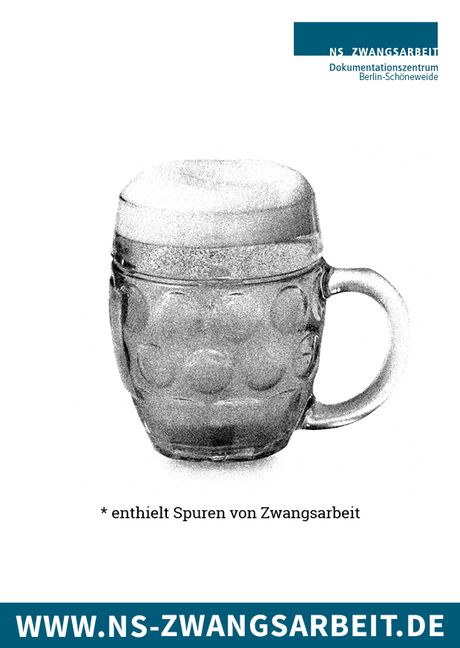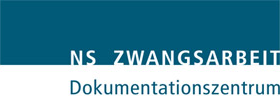Beer - contained traces of forced labour
As the "drink of the little people", beer was part of everyday life even during the war. Production even increased, although breweries were increasingly short of male workers. This was only possible through the use of forced labourers.
No inn, no restaurant, no excursion pub was without beer - but the biggest customer was the Wehrmacht. To meet the immense demand for beer during the Second World War, forced labourers were deployed in German breweries in their thousands: in grain and hop harvesting, in transport, in maltings and cooperages, in bottle production and filling stations, in making the bottle crates and in delivery.
When many goods became scarce from 1939 onwards due to the war, the breweries had to change their recipes. Many of the mostly male workers were gradually drafted into the Wehrmacht, and the number of employees fell. In order to be able to continue producing sufficiently, other production helpers had to be brought in. These were mainly German women, but also forced labourers whose labour could be used relentlessly.
The Italian military internee Cesarino Taccioli remembers: "In the last months of the war, we were employed for longer periods at the Engelhardt brewery in Alt-Stralau. We washed bottles there and helped the carpenter nail up the windows destroyed in the bombing raids with wooden slats. After an attack we had to clear away rubble. I was terribly exhausted and fell asleep leaning on a shovel. An engineer 'caught' me and kicked me in the butt so that I flew onto the rubble."
The Engelhardt brewery, founded by Jewish businessman Ignatz Nacher, was one of the largest of around 100 breweries in what was then Berlin during the war. In 1934 it was "Aryanised", the company founder was practically expropriated. The Engelhardt brewery's bottling plant was located on the Alt-Stralau peninsula, where Cesarino Taccioli had to work.
Even bigger and better known at that time was the Schultheiss brewery. It brewed at three locations: in Prenzlauer Berg, today known as the Kulturbrauerei, in Kreuzberg's Fidicinstraße and in Schöneweide in Schnellerstraße. As a Nazi model company, Schultheiss produced beer for the Wehrmacht - even before the war.
At the Schultheiss site in Prenzlauer Berg, French and Polish forced labourers were demonstrably employed from 1941 and Italian military internees from 1943. They were housed in a stable on the brewery premises. Forced labourers were also employed in beer production at the Schöneweide site, presumably Italian military internees.
However, beer production was also closely linked to the fate of forced labourers elsewhere in the then German Reich. At the Sternburg brewery in Leipzig, for example, 13 percent of the total workforce were forced labourers during the war. Here and elsewhere, forced labour not only took place behind high walls, but was visible to everyone in everyday life - for example during deliveries or when unloading barrels.

Numbers
About 26 million people from almost all over Europe had to work for the Nazi state in the German Reich and the occupied territories during the Second World War. Among them were prisoners of war and concentration camp inmates. The largest group was made up of the approximately 8.4 million civilian workers deported to the then German Reich: men, women and children from the occupied territories of Europe.
It is difficult to say how many of them were employed in breweries. There is no overall scientific account of this. However, it can be assumed that forced labourers were used in almost all breweries during the Second World War - as was the case in the entire food and luxury food industry.
Present
Forced labour is by no means a long-gone injustice. According to United Nations (UN) estimates, more than 40 million people are still victims of modern forms of slavery today. 29 million are women and children. A large proportion of them are used in the food industry.
Andrew Forrest, founder of the Walk Free Foundation, which works closely with the United Nations, says: "The fact that 40 million people are still in modern slavery every day should make us blush. Modern slavery affects children, women and men worldwide. This documents the profound discrimination and inequality in the world, coupled with a shocking tolerance for exploitation. We must stop this. We can all help change this reality - in business, government, civil society and as individuals."
